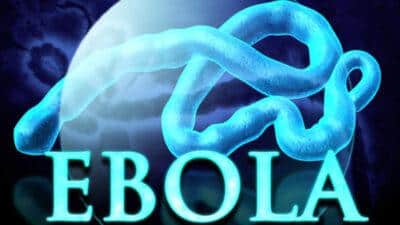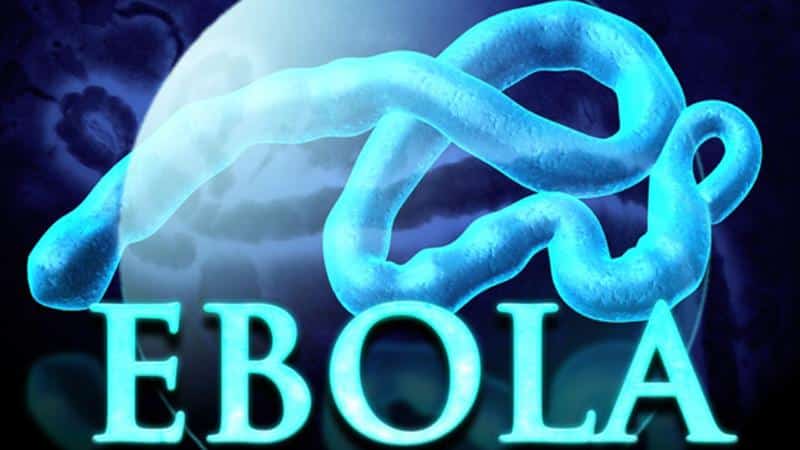
A Texas healthcare worker who cared for Ebola patient Thomas Eric Duncan when he was alive has tested positive for the virus, demonstrating once again how Ebola can spread even when precautions are taken in the United States, among the most medically advanced nations in the world.
It is the second known case of Ebola in the United States.
The Texas Department of State Health Services said Sunday that the unidentified worker had tested positive according to preliminary tests, and the Centers for Disease Control and Prevention (CDC) confirmed later in the day that the worker, a female, had Ebola. The virus has a fatality rate of 50-90 percent, depending on the care received, and the CDC has said as many as 1.4 million people worldwide could contract it by the end of January.
Duncan – who contracted the disease in Liberia before flying to the US — died Wednesday.
The Hidden Secrets Of Making Herbal Medicines…Right At Your Fingertips!
Details of the worker’s contact with Duncan weren’t available, although USA Today reported she had worn full protective gear. CDC Director Thomas Frieden said there had been a “breach in protocol,” but as Off The Grid News has reported, some experts believe Ebola can be spread through the air in close quarters. The CDC says Ebola is spread “through direct contact with body fluids.”
The worker reported a low grade fever Friday and was isolated then, the Texas health services agency said.
(Read our previous story, “Why Ebola Can’t Be Stopped,” here.)
“We knew a second case could be a reality, and we’ve been preparing for this possibility,” said David Lakey, commissioner of the Texas Department of State Health Services. “We are broadening our team in Dallas and working with extreme diligence to prevent further spread.”
The CDC said people who had come into contact with the woman are being contacted and monitored.
“Careful monitoring of all Healthcare workers who had interaction with the index patient and this second patient is warranted, including those who cared for the index patient between the time he was isolated in the hospital September 28 through the time of his death on October 8, and they will now be considered patient contacts for follow-up monitoring,” the CDC said.











